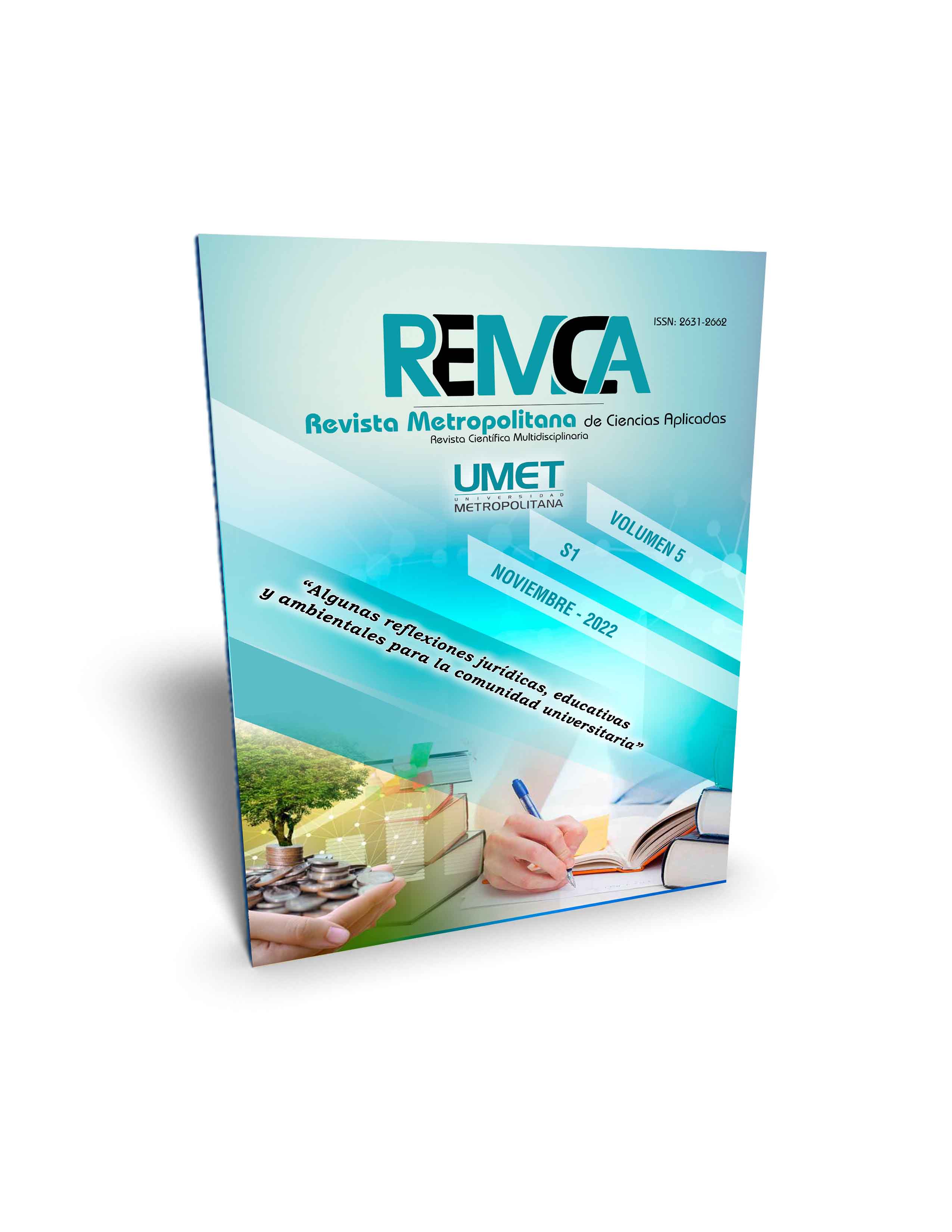The digital story as a didactic strategy in the teaching of english as a foreign language in higher education
DOI:
https://doi.org/10.62452/n7yjwf46Keywords:
Digital story, English teaching and learning, digital storytelling, higher education, significant learningAbstract
The era of globalization and the network society require citizens who are increasingly competent in the use of technology and in the development of communication skills. Higher Education is not exempt from these demands as it constitutes an important step towards professionalization. Among the communication challenges is learning English as a second language, which continues to represent a challenge in Latin America and in Mexico. In recent years, the pedagogical uses of digital storytelling in formal education have been proposed and studied, and it has been shown that its application as an educational methodology has a positive impact on the development of linguistic, scientific, communicational and technological skills. For this reason, the present work aims to carry out a review of recent literature (2017-2021), which considers the uses and educational scope of digital storytelling (DR) or Digital Storytelling (DST) in Ibero-American contexts, based on two categories of RD analysis: as a didactic strategy in higher education and in the learning and teaching of English as a foreign language. This review will serve as the basis for designing a proposal for the use of RD as a didactic strategy in the teaching of English as a foreign language in students of the Bachelor of Science in Education at the Autonomous University of the State of Hidalgo (UAEH).
Downloads
References
Ambrosino, M. A. (2017). Docencia y narrativas transmedia en la educación superior. Trayectorias Universitarias, 3(4), 12-19.
Andrade-Velásquez, M., & Fonseca-Mora, M. (2021). Las narrativas transmedia en el aprendizaje de lenguas extranjeras. Revista Mediterránea de Comunicación, 12(2), 159-175.
Chávez-Suárez, M. E., García-Herrera, D. G., Castro-Salazar, A. Z., & Erazo-Álvarez, J. C. (2020). Storytelling como estrategia para fortalecer el idioma Inglés. Episteme Koinonia, 3(1), 310-332.
Chávez-Zambano, M. X., Saltos-Vivas, M. A., & Saltos-Dueñas, C. M. (2017). La importancia del aprendizaje y conocimiento del idioma inglés en la enseñanza superior. Dominio de las Ciencias, 3(3), 759-771.
Gutiérrez Pequeño, J. M., Fernández Rodríguez, E., & De la Iglesia Atienza, L. (2017). Narrativas transmedia con jóvenes universitarios. Una etnografía digital en la sociedad hiperconectada». Anàlisi. Quaderns de Comunicació i Cultura, 57, 81-95.
Hermann-Acosta, A., & Pérez-Garcias, A. (2019). Narrativas digitales, relatos digitales y narrativas transmedia. Revisión sistemática de literatura en educación en el contexto iberoamericano. Revista espacios, 40(41).
Maddalena, T. L., & Sevilla Pavón, A. (2014). El relato digital como propuesta pedagógica en la formación continua de profesores. Revista Iberoamericana de Educación, 65, 149-160.
Piray Lema, E. (2019). La narración digital como recurso para el desarrollo del habla inglés. Veritas & Research, 1(1), 22-28.
Ribero Salazar, F., Pérez Barrera, H., & Rodríguez Ruíz, M. (2019). La narrativa transmedia como apoyo pedagógico para la formación disciplinar de los estudiantes en la educación superior. Correspondencias & Análisis, (10).
Roig-Vila, R., & Rosales-Statkus, S. (2016). El Relato Digital. Análisis de sus elementos y tipología. RiiTE Revista Interuniversitaria de Investigación en Tecnología Educativa. https://doi.org/10.6018/riite/2016/257951
Ruiz Hernández, M., 6 Soto García, T. I. (2021). Storytelling como estrategia didáctica para el mejoramiento de la producción oral del inglés. (Tesis de maetsría). Corporación Universidad de la Costa.
Xu, Y., Park, H., & Baek, Y. (2011). A New Approach Toward Digital Storytelling: An Activity Focused on Writing Self-efficacy in a Virtual Learning Environment. Educational Technology & Society, 14 (4), 181–191.
Downloads
Published
Issue
Section
License
Copyright (c) 2022 Teresa Cuevas Martínez, Jorge Armando Manzano Martínez, Erika González Farfán (Autor/a)

This work is licensed under a Creative Commons Attribution-NonCommercial-ShareAlike 4.0 International License.
Authors who publish in Revista Metropolitana de Ciencias Aplicadas (REMCA), agree to the following terms:
1. Copyright
Authors retain unrestricted copyright to their work. Authors grant the journal the right of first publication. To this end, they assign the journal non-exclusive exploitation rights (reproduction, distribution, public communication, and transformation). Authors may enter into additional agreements for the non-exclusive distribution of the version of the work published in the journal, provided that acknowledgment of its initial publication in this journal is given.
© The authors.
2. License
The articles are published in the journal under the Creative Commons Attribution-NonCommercial-ShareAlike 4.0 International License (CC BY-NC-SA 4.0). The terms can be found at: https://creativecommons.org/licenses/by-nc-sa/4.0/deed.en
This license allows:
- Sharing: Copying and redistributing the material in any medium or format.
- Adapting: Remixing, transforming, and building upon the material.
Under the following terms:
- Attribution: You must give appropriate credit, provide a link to the license, and indicate if any changes were made. You may do this in any reasonable manner, but not in any way that suggests the licensor endorses or sponsors your use.
- NonCommercial: You may not use the material for commercial purposes.
- ShareAlike: If you remix, transform, or build upon the material, you must distribute your creation under the same license as the original work.
There are no additional restrictions. You may not apply legal terms or technological measures that legally restrict others from doing anything the license permits.




